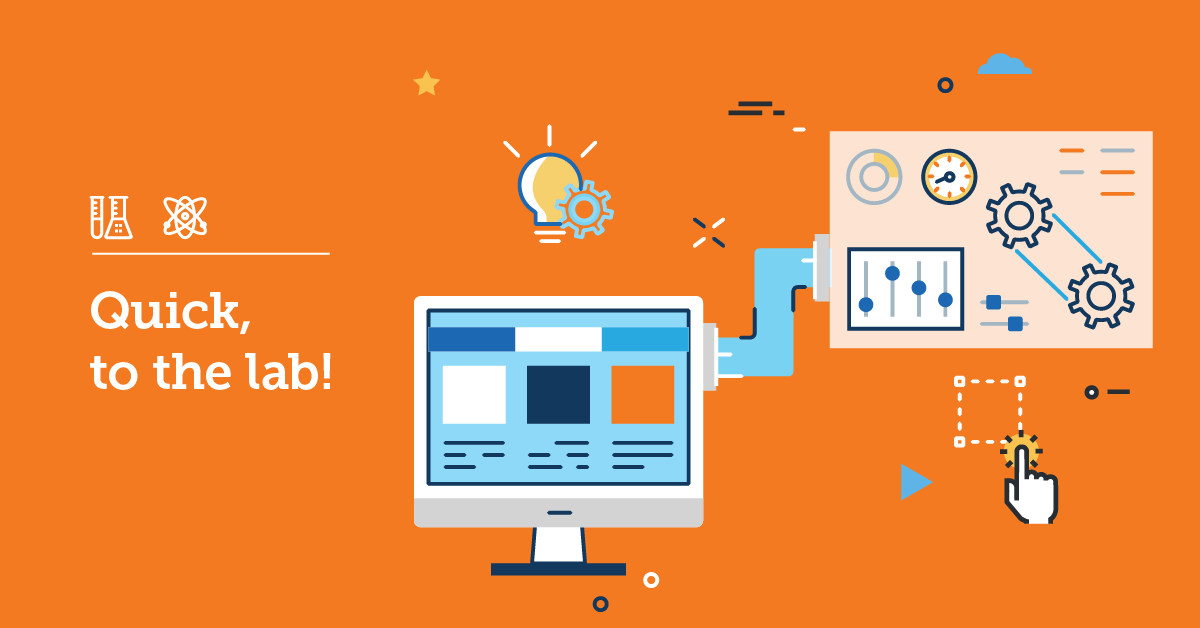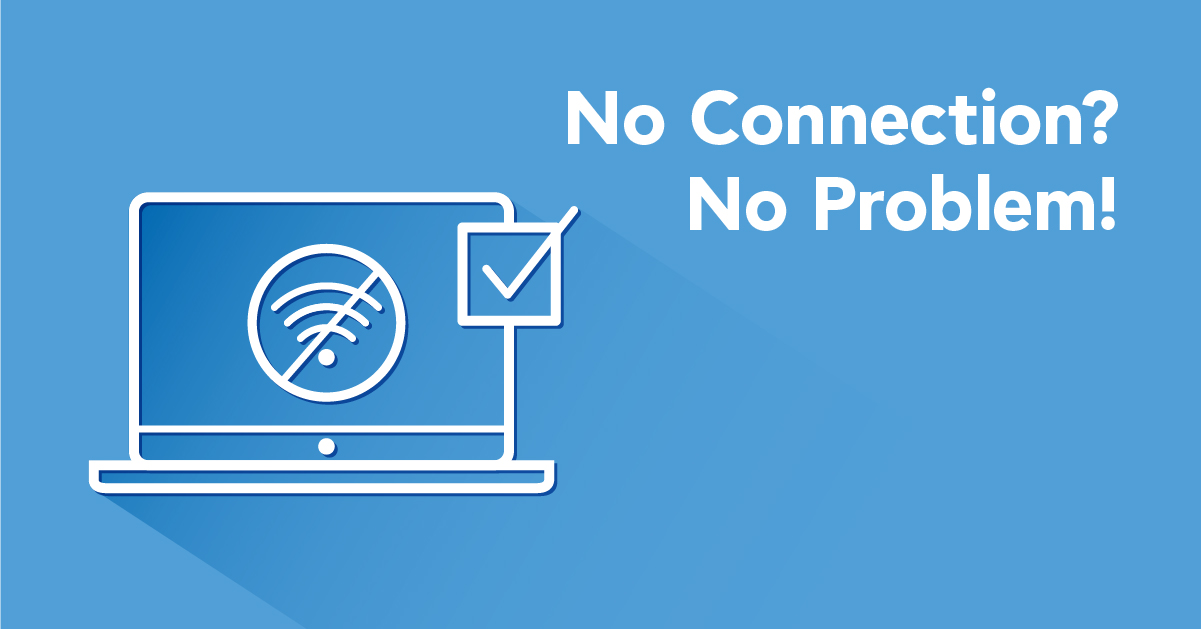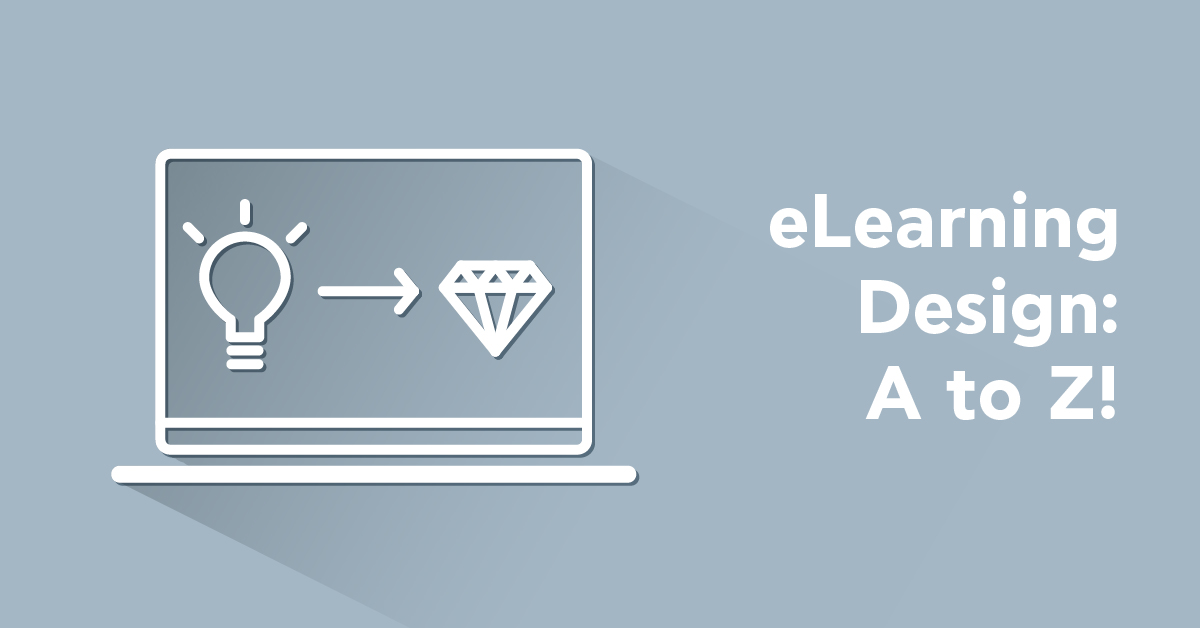Welcome to the second installment of the series, in which our fearless myth-busting team is back to tackle a few more of those pesky web design myths that eLearning portal managers fall for. (Missed the first part? Check it out here!)
So what are y’ all waiting for? Let’s get busting!
5. Web design is some kind of art
We can’t answer with a big enough NO here. Web design is a kind of craft — which is a totally different thing.
While a painter is totally free to paint whatever he wants, from triangular faces with one eye and two noses (Picasso) to merely smudging paint on the canvas (Pollock) to “express themselves”, web designers are supposed to, first and foremost, serve a business need in the best way that they can.
Your job, as an eLearning portal designer, is not to make the webpage look good or to express yourself. It is to make the page easy and pleasant. In other words, you’re there to help sell those eLearning courses and to present the training content in an intuitive and engaging way. Both goals are better served by putting your artistic ambitions aside and thinking in more practical and utilitarian terms.
(See also myth #1 in the previous post about whether “Web design is about making your eLearning portal pretty”).
6. As an expert you don’t need user feedback
As a matter of fact, you do.
No matter how many years of experience you have in web design, if your users don’t like what you’ve built, then you’re toast.
And “years of experience” themselves can be deceiving too. If your experience is in building bank websites, for example, you might not be familiar with what it takes to design an eLearning portal for kids. Heck, even if you’ve been designing eLearning portals for many years, you still might not have kept up with recent trends considered de rigueur for any modern website.
Experience also creates blind spots. Something that might be second nature to you, the web-browsing veteran, might be challenging or difficult to grasp for your users. Many computer users, for example, are having difficulties with something as simple as the notion of nested folders.
To get a feeling for how people perceive and use your webpage, ask your users for feedback — including soliciting feedback from friends and co-workers while your website is still under development.
And don’t neglect to incorporate user feedback in your design updates. There’s nothing worse for an end user that feeling that his pain points are not addressed. Ignore your users’ complaints, and you’ll end up losing them to a competitor who does listen.
7. You can just rely on users to tell you what they need
While discussing the previous myth we advised you to listen to your users. And you should. But you should also think above and beyond what they tell you.
You should take their complaints into account, of course, but only after you’ve examined them carefully.
Some of your users’ complaints would take too much effort to implement while benefiting only a small percentage of your user base (thus diverting valuable resources from other development efforts). Others would be based on totally idiosyncratic preferences, and would annoy most other users if implemented for everybody. And some would just plain be bad ideas.
Ideally you want to keep the user suggestions that are easier to implement and have a positive impact for the largest number of users.
Then there’s the fact that while your users might be good in recognizing what bothers them about your webpage, they can’t be relied upon to tell you how to take it to the next level.
In fact there’s a famous quote by Henry Ford about this very thing: “If I had asked people what they wanted, they would have said faster horses”. To turn your “horse carriage” first iteration offering into a competition-trumping “car” you’ll need to come up with a few good ideas yourself and know how to combine them into a coherent new vision.
8. Web design is an one-off process
Contrary to what many developers believe, web design is not something that you do during the early stages of a web project.
Rather, as all stages of development should be, it’s an iterative process — part of an endless cycle of feedback and improvement.
While digital files might not rot or need renovation, as a building would, they still decay with time. Especially in the fast-paced, trend-based world of the web. Can you imagine Apple or Microsoft still having 1999-era designs on their websites? No? Good. Neither should you be able to be content with having a 5 or 10 year old design.
It’s not just a case of changing aesthetic trends (gradients and organic elements giving way to “responsive” images and minimalism): there are also new technologies evolving all the time.
Eleven years ago, when Gmail came out with its pioneering use of XMLHttpRequest there weren’t any single page apps around. Now it’s all about single page apps and AJAX. 5 years ago Flash was still widespread. Nowadays even Adobe has abandoned the technology.
To stay ahead of the game you should treat your design work more as a work-in-progress than some “final” fossilized artifact. Delivering smaller fixes and adjustments every six-months or year with more substantial updates every couple of years would be a good rule of thumb.
And with that…
…we conclude our web design myth busting session. Of course we merely scratched the surface, as there are many more myths and cargo-cults in the web design and development world. We might cover some of those in some future post.
Until then, if you have any pet peeve, eLearning related myths of your own that you’d like the myth-busting team to tackle, drop us a line in the comments and we’ll do our best!
| Tags: eLearning Design,eLearning Myths



